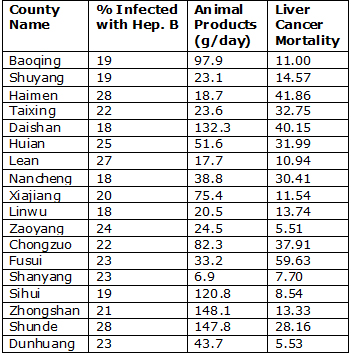
### Essential Oils and Antibiotics: Distinguishing Between Hype and Evidence
In the past few years, essential oils and herbal solutions have surged in popularity, mainly due to their claimed health benefits. A stroll through any health-oriented grocery store reveals a myriad of herbal concoctions, each asserting to be the next breakthrough in health and wellness. From essential oils to herbal teas, they all compete for a spot in your cabinet of remedies. However, we must be cautious when scrutinizing their assertions, especially when essential oils are marketed as “natural antibiotics.” A **2015 publication in *The Atlantic*** highlighted many of these assertions and piqued my interest because it poses a crucial question: how do we differentiate between agents effective in killing bacteria in lab settings and those that can safely serve as effective treatments for humans?
This article delves into the claims made in *The Atlantic* and breaks down how essential oils—especially oregano oil—are advocated for use as antibiotics. Spoiler alert: numerous factors must be evaluated before concluding whether an essential oil can function as medication instead of merely eliminating bacteria in a laboratory dish.
### The Assertions Regarding Essential Oils
The *Atlantic* article presented three primary assertions:
1. **Incorporating essential oils into livestock feed might promote animal health**.
2. **Tea tree oil, for example, can act as an effective antiseptic, especially in hand sanitizers**.
3. **Due to their ability to kill bacteria in laboratory tests, essential oils might serve as antibiotics in both humans and animals**.
While the first two assertions are plausible (and are currently in practice), the third assertion—that essential oils might function as antibiotics—requires more scrutiny. The notion is tempting: why not utilize something natural and readily available to combat infections?
### The Dilemma: Killing Bacteria in a Plate ≠ A Medication
It’s easy to feel enthusiastic about substances that can exterminate bacteria in a controlled environment. Indeed, several essential oils demonstrate antibacterial activity in petri dishes. For instance, oregano oil, containing active compounds such as thymol and carvacrol, destroys bacteria like Staphylococcus aureus in structured experiments. However, as any pharmacologist would clarify, just because a substance eradicates bacteria in a laboratory setting does not necessarily make it suitable as a medication.
There are two pivotal questions that must be addressed when evaluating whether a compound—in this context, thymol or carvacrol—can be utilized as an antibiotic:
1. **What is the required concentration of the oil to inhibit bacterial growth?** This is defined as the **Minimum Inhibitory Concentration (MIC)**, measured in parts per million (ppm).
2. **How would a dose of this essential oil perform in human subjects?** Specifically, is it feasible to administer a quantity sufficient to achieve the MIC in the bloodstream without triggering adverse effects?
### What Insights Do We Have on Thymol and Carvacrol?
Oregano oil, derived from **Origanum vulgare**, gets its antibacterial effects primarily from two key compounds: **thymol** and **carvacrol**. These compounds indeed exhibit antibacterial qualities in vitro (in laboratory conditions). Nevertheless, understanding the concentrations necessary to eradicate bacteria is vital for assessing the potential of these oils as clinical antibiotics.
Multiple studies have explored the MICs for thymol and carvacrol against strains like **MRSA** (Methicillin-resistant Staphylococcus aureus). For example:
– A 2001 study on MRSA indicated that the MIC for carvacrol was **175 ppm**, whereas thymol’s MIC was about **140 ppm**.
– In contrast, conventional antibiotics typically have MICs that are substantially lower. For example, vancomycin, which is used against staph infections, requires an MIC of **16 ppm** or higher to signal resistance.
This highlights that while oregano oil can certainly eliminate bacteria, it necessitates a considerably higher concentration compared to conventional antibiotics to produce similar results—an unsettling indication for those contemplating its use as a remedy.
### Importance of Concentration (and Toxicity)
If the concentration needed to eliminate bacteria in vitro is inherently high, the subsequent challenge is how to convert that into a safe and effective dose for human use. **Thymol** and **carvacrol** are not particularly water-soluble, casting doubt on their capacity to maintain therapeutic levels in the bloodstream. Furthermore, these compounds are swiftly processed by the liver and expelled by the kidneys, meaning their duration in circulation—where they could potentially tackle infections—is limited.
To sustain adequate concentrations in the bloodstream long enough to address an infection, one would probably need substantial doses of the oil—dosages that could prove harmful. For context, ingesting enough oregano oil to achieve an MIC in the bloodstream that reflects its efficacy in a lab setting would likely lead to toxicity long before it starts combating bacterial infections. This is precisely why treating an infection with **salt** or